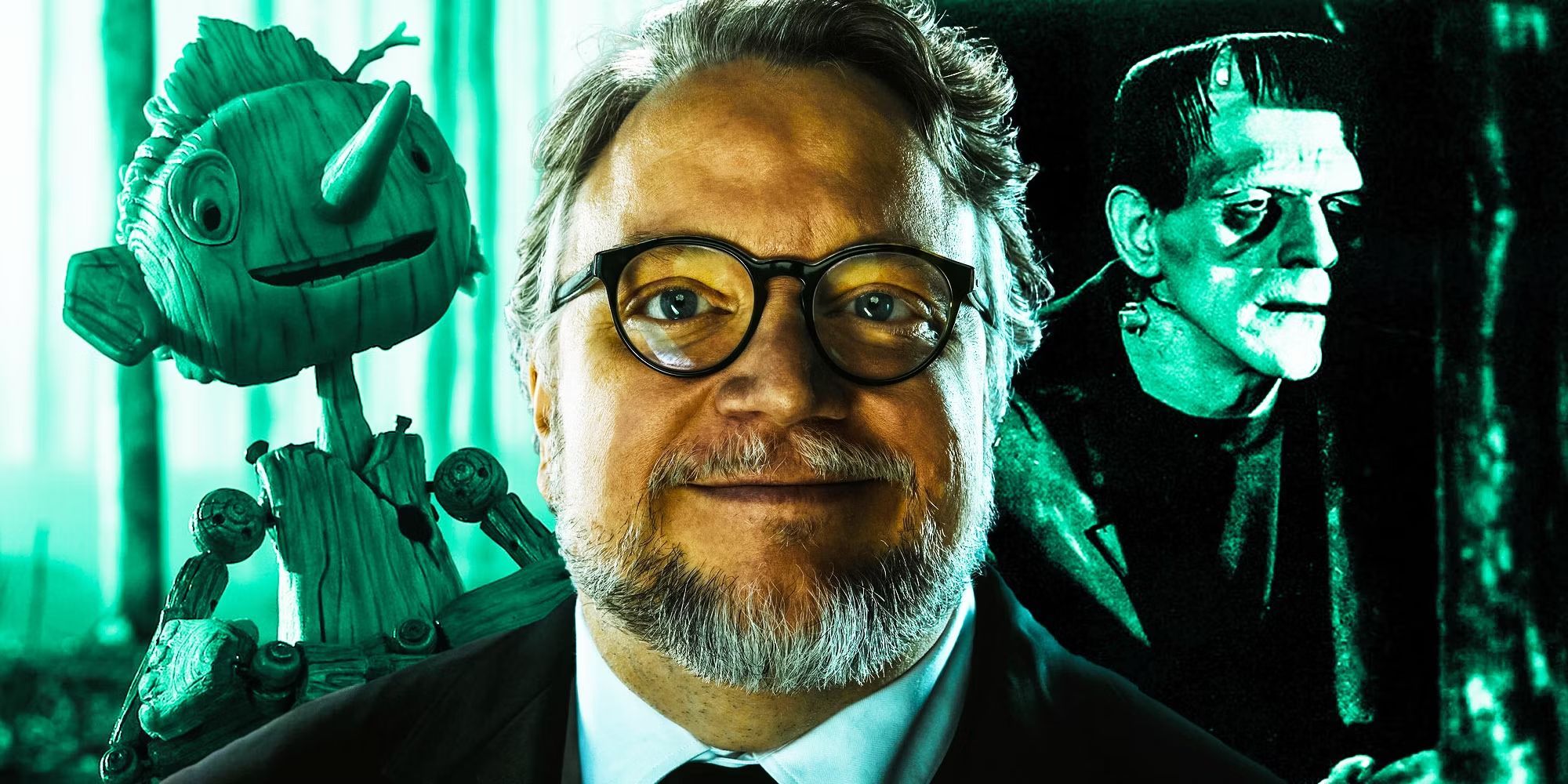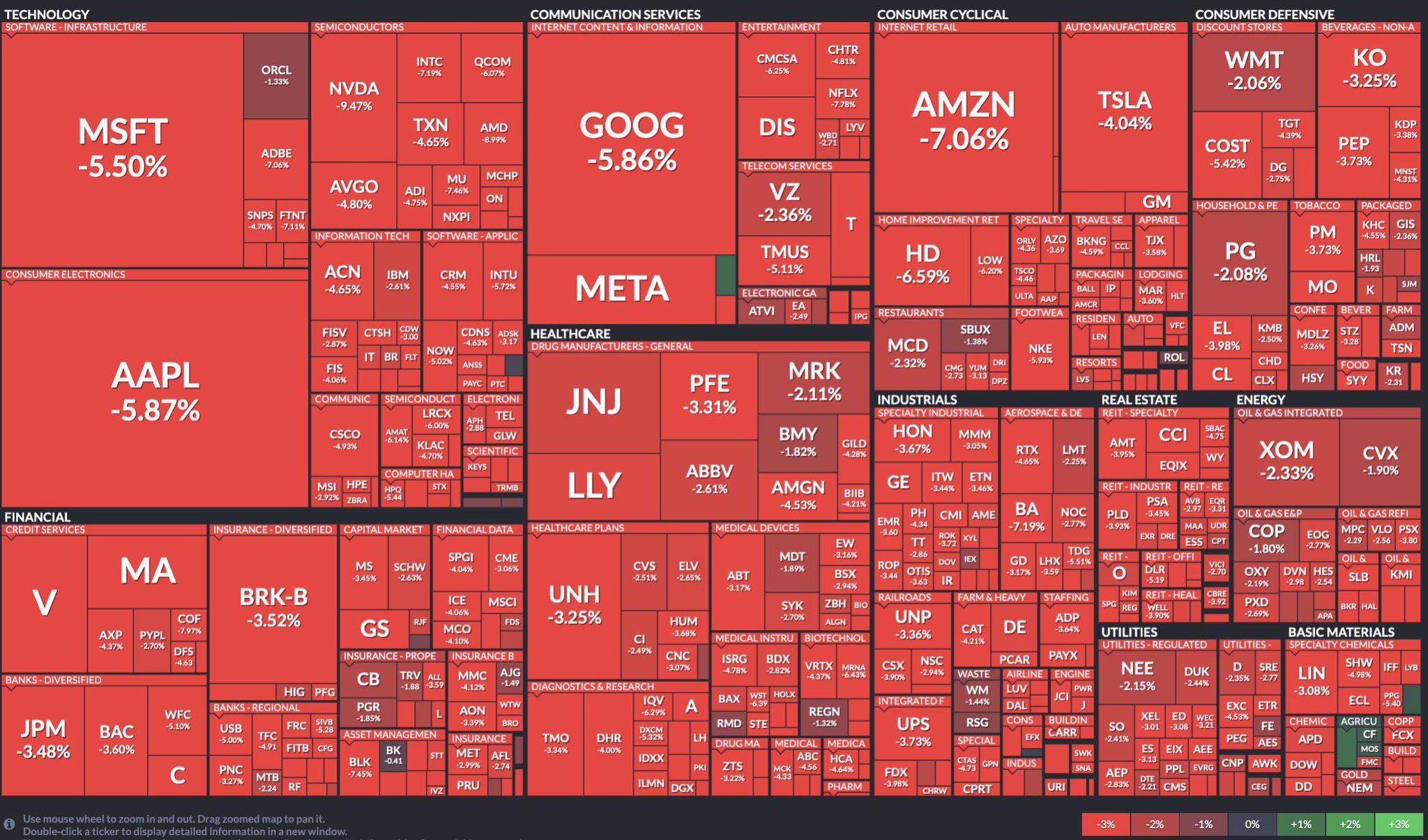Is Guillermo Del Toro's Frankenstein Truly Horror? A Netflix Film Analysis

Table of Contents
Atmospheric Horror vs. Gothic Drama
Guillermo del Toro's signature visual style is immediately apparent in his Frankenstein adaptation. The film uses shadows, lighting, and set design to create a palpable mood, a crucial element in both horror and gothic drama. The director masterfully employs color palettes, often muted and earthy tones, enhancing the film's overall atmosphere.
Del Toro's Signature Visual Style:
- The Creature's Unveiling: The moment we first see the creature is less a jump scare and more a slow burn of dread, perfectly illustrating Del Toro's approach. The muted lighting and the creature's grotesque yet strangely beautiful form create a sense of unease rather than outright terror.
- Victor's Laboratory: The dimly lit, cluttered laboratory is a visual representation of Victor's unraveling mind and impending doom. The claustrophobic setting amplifies the psychological tension.
- The Use of Color: The film's limited color palette, leaning towards browns, grays, and muted greens, contributes significantly to the overall feeling of decay and foreboding, characteristic of both gothic drama and horror.
Emotional Horror over Gore:
Rather than relying on cheap jump scares and graphic violence, Del Toro's Frankenstein prioritizes psychological tension and character development to build dread. The horror lies not in the explicit, but in the implied.
- The Creature's Isolation: The creature's loneliness and suffering are more disturbing than any physical gore. His emotional pain resonates deeply with the audience, creating a powerful sense of empathy and horror.
- Victor's Descent into Madness: Victor's mental breakdown is a slow, agonizing process that is far more terrifying than any sudden, visceral shock. The audience witnesses his gradual self-destruction, a horror of its own kind.
- Suspenseful Build-up: The film masterfully employs suspense, creating a constant feeling of anticipation and unease, rather than relying on sudden bursts of terror.
Character Development and Emotional Core
Beyond the monstrous exterior, "Guillermo del Toro's Frankenstein" delves deep into the complexities of Victor Frankenstein and his creation. Their evolving relationship forms the emotional core of the narrative, blurring the lines between creator and creation, victim and monster.
Beyond the Monster:
- Victor's Regret: Victor's remorse and guilt are palpable, making him as much a victim as his creation. This complexity adds layers to the narrative, moving beyond simple monster-versus-man tropes.
- The Creature's Humanity: The film emphasizes the creature's capacity for love, compassion, and understanding. This challenges the stereotypical depiction of the monster as purely evil.
- Their Intertwined Destinies: The film showcases the profound connection between Victor and the creature, highlighting the shared responsibility and consequences of their actions. This intricate relationship intensifies the emotional weight of the story.
The Human Condition as Horror:
The film leverages the classic Frankenstein story to explore universal themes of creation, responsibility, and the consequences of unchecked ambition. These themes arguably amplify the horror, moving beyond the purely physical.
- The Dangers of Hubris: Victor’s ambition and disregard for ethical considerations are presented as a horrifying warning. The consequences of his actions are far-reaching and deeply unsettling.
- The Nature of Humanity: The film prompts viewers to question the definition of "monster" and consider the capacity for both good and evil inherent in all beings. This philosophical exploration is, in itself, a form of horror.
- Consequences of Isolation: Both Victor and his creation suffer greatly from isolation and societal rejection. This theme is deeply unsettling and resonates with modern anxieties.
Genre Blending and Subversion of Expectations
Guillermo del Toro's Frankenstein deftly blends genres, defying traditional horror conventions. It incorporates elements of gothic romance, drama, and even sharp social commentary. This genre-bending is a significant aspect of the film’s unique identity.
Genre Blending:
- Gothic Romance Elements: The film subtly incorporates elements of gothic romance, particularly in the relationship between Victor and his creation. This adds another layer of complexity to their dynamic.
- Social Commentary: The film's exploration of societal rejection and the consequences of scientific hubris adds a layer of social commentary. This elevates the film beyond a simple monster story.
- Dramatic Tension: The film skillfully uses dramatic tension, building suspense and emotional weight, often more effectively than relying on jump scares.
Does Genre-Blending Strengthen or Weaken the Horror?
The deliberate blurring of genres adds depth and complexity to the narrative. While it might not adhere strictly to traditional horror tropes, the film's masterful use of atmosphere, psychological tension, and thematic exploration creates a unique kind of horror – a deeply unsettling exploration of the human condition. The emotional impact is profound and arguably more effective than reliance on visceral shocks.
A Verdict on Guillermo del Toro's Frankenstein
In conclusion, while "Guillermo del Toro's Frankenstein" may not fit neatly into the traditional horror box, it undeniably delivers a terrifying and thought-provoking experience. Del Toro's distinctive visual style and the film's focus on psychological tension and profound thematic exploration create a unique and unsettling atmosphere. The masterful genre blending elevates the narrative, resulting in a film that achieves something far more profound than simply scaring the audience. It’s a work that stays with you long after the credits roll. Is it horror? Arguably, yes, but a horror imbued with gothic drama, profound emotional resonance, and insightful social commentary.
Watch "Guillermo del Toro's Frankenstein" on Netflix and share your own perspective: Is it horror, or something more? Let's discuss the genre of Guillermo del Toro's Frankenstein and what truly defines horror in modern cinema!

Featured Posts
-
 Stock Market Today Dow S And P 500 Live Updates For May 29
May 30, 2025
Stock Market Today Dow S And P 500 Live Updates For May 29
May 30, 2025 -
 Jyrw Iytalya Dyl Twrw Yustr Mlhmt Mksykyt Jdydt
May 30, 2025
Jyrw Iytalya Dyl Twrw Yustr Mlhmt Mksykyt Jdydt
May 30, 2025 -
 Double Trouble Harmful Algal Blooms Hit Kodiak Shellfish Harvesting Twice
May 30, 2025
Double Trouble Harmful Algal Blooms Hit Kodiak Shellfish Harvesting Twice
May 30, 2025 -
 Kommentar Zum Rauswurf Des Augsburger Trainers Analyse Und Ausblick
May 30, 2025
Kommentar Zum Rauswurf Des Augsburger Trainers Analyse Und Ausblick
May 30, 2025 -
 Europe 1 Soir Week End Aurelien Veron Et Laurent Jacobelli
May 30, 2025
Europe 1 Soir Week End Aurelien Veron Et Laurent Jacobelli
May 30, 2025
